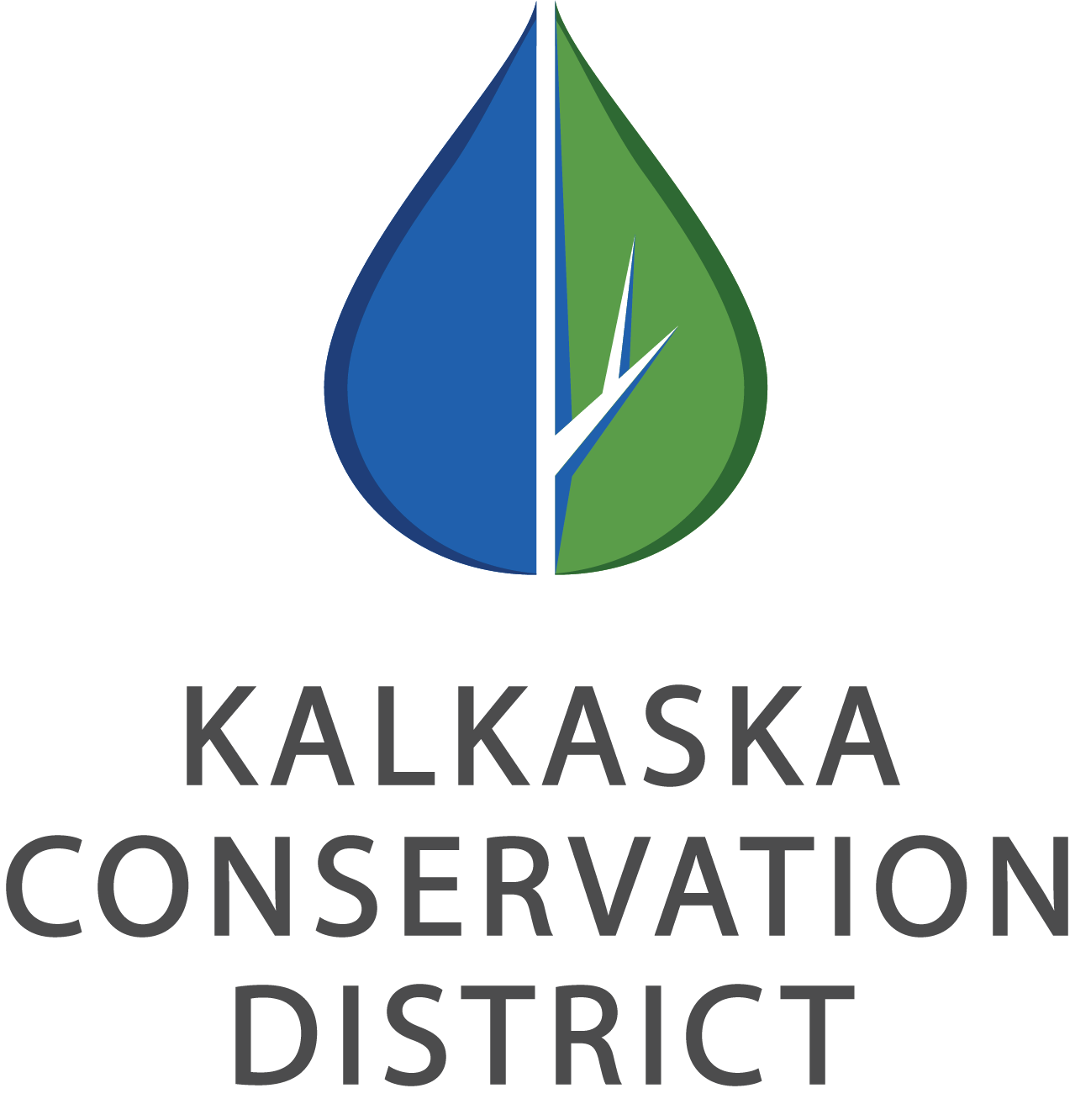Conservation District Projects Protect Our Clean Water
By Marilyn Shy
Clean water. It’s something we all depend upon every day. Many days we don’t even think about it. It’s there when we want it and need it, for drinking, cooking, and bathing.
And let’s not forget our recreational pursuits, like swimming, boating, fishing. Not only do we take clean water for granted when we turn on the tap, but we also forget its importance when we are outdoors, enjoying its benefits. We bait the hook, we cast the line, and if we are lucky enough: BOOM. A fish hits. Turns out that nearly all living things, plant or animal, depend upon clean water, and yet we rarely give it much thought.
The Kalkaska Conservation District has focused on protecting our clean water with a number of projects. One such project, long in the making, is the Rugg Pond Sediment Study. This summer a crew was able to take a boat out on the pond to sample the sediments and learn more about their composition and depth, and whether or not there are any contaminants present. The next step in this project will be to dredge the pond and strengthen the bank so it will last another 100 years.
Other District projects that help improve water quality include clean-up along the Manistee River; MiCorps stream sampling, conducted in partnership with the AuSable Institute; controlling stormwater runoff in the Village of Kalkaska by planting trees in conjunction with Releaf Michigan; and erosion control projects with landowners along rivers, lakes and streams, to keep sediment and nutrients out of our surface and ground waters.
One of the biggest events annually, with large impacts on water quality, is the Household Hazardous Waste Collection Day. In the past 4 years, over 400 residents have dropped off over 35 tons of chemicals, oils, and paints, keeping them out of landfills and ditches and preventing them from contaminating our rivers, lakes and streams.
Did you know that the roots of plants, when planted along a shoreline, can filter out harmful contaminants and serve as a buffer strip along our waterways? District staff are able to conduct on-site visits with landowners, as requested, and will provide information on the best plants to use, how wide to make the filter strip, and where to get plants and how to care for them. These may include native shrubs, trees, and smaller flowers.
Other District priorities include forestry, wildlife, soils, agriculture and recreation. Water is the common thread among all of these topics, and the District works hard to keep it pristine. It is fundamental to all Kalkaska County residents. We can’t live without it!





